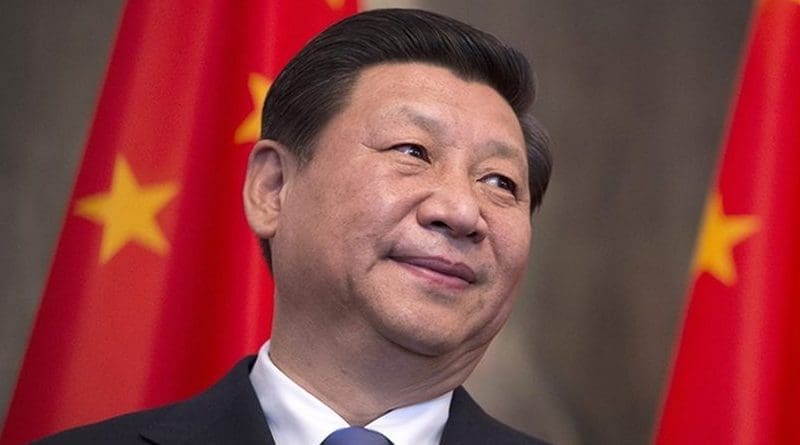China’s Place In Decarbonization Trend – OpEd
By Alan Callow*
Everything indicates that in 2022, Xi Jinping will extend his tenure for another five years, thereby confirming his ambitions to become a key figure in the history of China along with Mao Zedong and Deng Xiaoping. Entering the third term in the pandemic, Xi will face an equally difficult task – to determine the role of China in the international trend for a “green” transformation.
Current energy plans
As a global factory, China retains leadership in energy consumption with traditional oil, gas, and coal dominating. With the unprecedented attention of the world community to the energy transition to renewable energy sources, Beijing refrains from loud statements clearly realizing its national economy dependence on the consumption of fossil resources.
So, October 31, 2021 at the UN conference on climate change 50 countries signed a plan to move to clean energy by 2030, among which China is expected to be absent. However, it is incorrect to believe that the PRC leadership is ignoring the global “green” trend. In September 2021, Xi Jinping proclaimed plans to modernize the fuel and energy complex and achieve a peak in carbon dioxide emissions by 2030 and that by this time the country will gradually reduce coal consumption.
Negative scenario
In the face of worsening relations between China and the West, Beijing’s unwillingness to blindly follow the imposed decarbonization rules may be another reason to undermine the image of China. Moreover, Beijing’s independent position on reducing emissions could turn into a new round of trade war for the world, in which goods from China will be discriminated against with the mark “dirty.”
Xi Jinping’s steps to decarbonize
Amid negative sentiment about the environmental friendliness of Chinese industry, the world community often forgets Beijing’s contribution
in the development of green energy. According to the International Renewable Energy Agency (IRENA), in 2020, more than half of new renewable capacity was installed in China 136 GW, representing more than 50% of the global increase (261 GW). In addition, China is a pioneer in the development of green transition technologies. Currently, about 65% of the world’s electric generating plants are either fully or partially produced in China.
The presence of a developed production base gives the PRC a significant advantage in creating a full-fledged “green” energy sector.Despite the scale of Chinese industry, China announced it will strike to peak carbon dioxide emissions before 2030 and achieve carbon neutrality before 2060. Although its hard to call near future but it sounds quite realistic considering Beijing abilities to use its strong sides and reach long-run targets.
*Alan Callow, Philippine journalist covering Asia politics in general.

